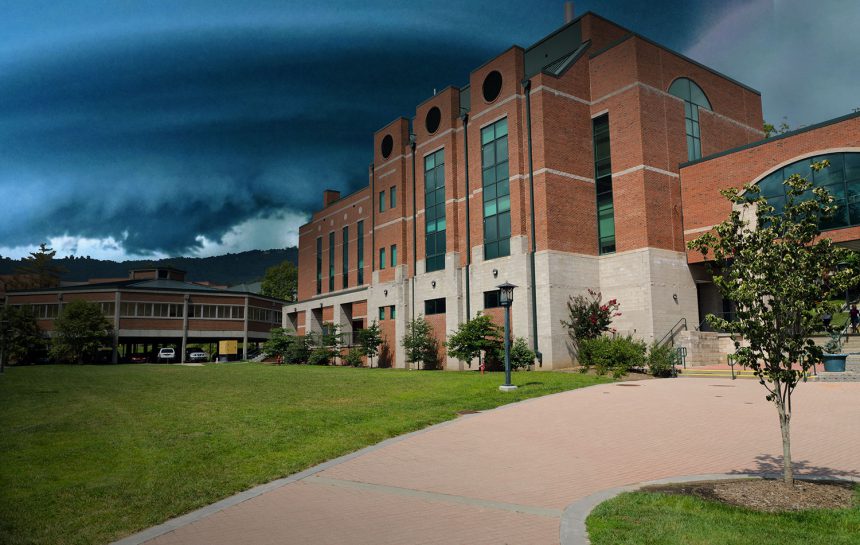
Emergencies at Schools
A safe learning environment is essential for students of all ages. The issue of school safety is of significant concern to all levels of government, from local to federal ones. There are several types of danger that may occur on the school premises, such as a mass shooting, fire or a natural disaster. Therefore, there is a need to establish a strategy against such emergencies to save lives and prevent property losses. Moreover, the feeling of safety is directly associated with excellent study results.
Numerous safety measures have been taken in schools across the world, including on-site police substations, armed guards, improved locks, and camera systems. Schools need to be prepared and, more importantly, their representatives need to know how to respond to all kinds of danger appropriately, and recover as quickly and effectively as possible when emergencies happen.
Severe incidents of school violence are not rare any more, and they are typically characterised by multiple deaths.

Mass shooting and violence statistics
- More than 1,107 people were killed, out of which 185 were children and teenagers, and thousands of survivors were left with injuries. Psychological scars and shattered families.
- 159 shooters attacked schools across the world, where 89 people died at or near the scene of the shooting, often by killing themselves.
- 155 shootings occurred from the year 1950 to the year 2018. Few of them ended without injuries, and the others had terrible consequences.

Teachers, students and other staff members can work hand in hand to promote and maintain school-wide safety and minimise the aftermaths of natural disasters, where students are the most vulnerable victims. The dreadful consequences of the impacts of storms, hurricanes, tornadoes and earthquakes are powerful reminders regardless of a type of disaster.
- 17 major earthquakes (7.0+ magnitudes) and one great earthquake (8.0+ magnitudes) are expected to occur in any given year along with millions of small earthquakes worldwide according to the U.S. Geological Survey. In Europe, the countries that experience earthquakes most commonly are Greece, Italy, and Turkey, with almost 19,000 fatalities and losses of approximately €29 billion.
- Hurricane-like winds occur more frequently in Europe now, even in England, such as St. Jude storm with 80-120 mph gusts, hitting both the mainland and the coast and causing 13 casualties. In fact, the wind couldn’t be technically called a hurricane because hurricanes are typically formed in the ocean.

- Between 2007 and 2011, the U.S. fire departments responded to about 5,700 structure fires in educational facilities. 71 per cent of them occurred in K-12 schools, and nearly half of them were intentionally set.
- Around 1,200 tornadoes occur in the United States every year, ranging from mild to severe ones. In Europe, the last tsunami waves were documented in Cornwall, the UK, in June 2011. The countries most affected by tsunamis are predominantly Greece, Italy, and the United Kingdom.

Preparedness Is the Key
Taking the right steps to prepare school buildings and the people inside them can help schools stay safe and respond to various types of disasters adequately. Read here to find a few tips which can aid in the preparation process.

The article was written by
Monika Siserova
Monika is an international business manager for Balkan, Benelux and Scandinavian states. She worked with a diverse range of organisations, including government institutions, IGOs in the field of migration, private sector and non-profits. The mentioned experience laid a sound foundation for a challenging and meaningful job she has in the Telegrafia Company. Therefore, she is very excited about bringing you the latest news from the field of early warning and notification systems.
